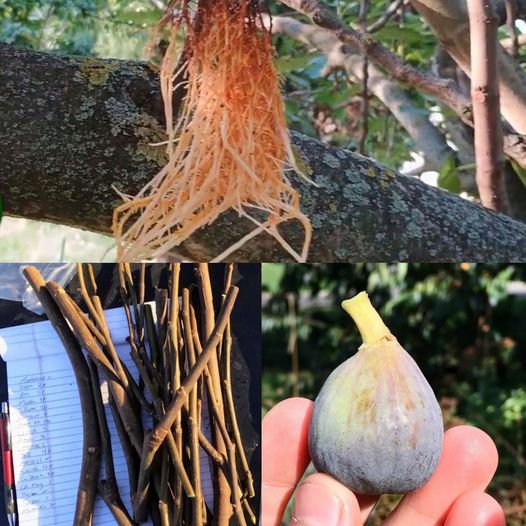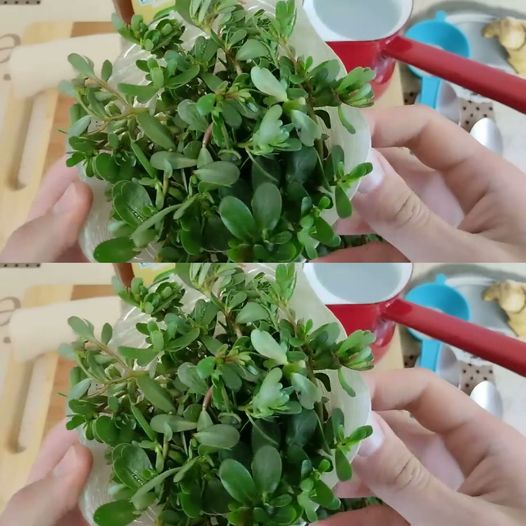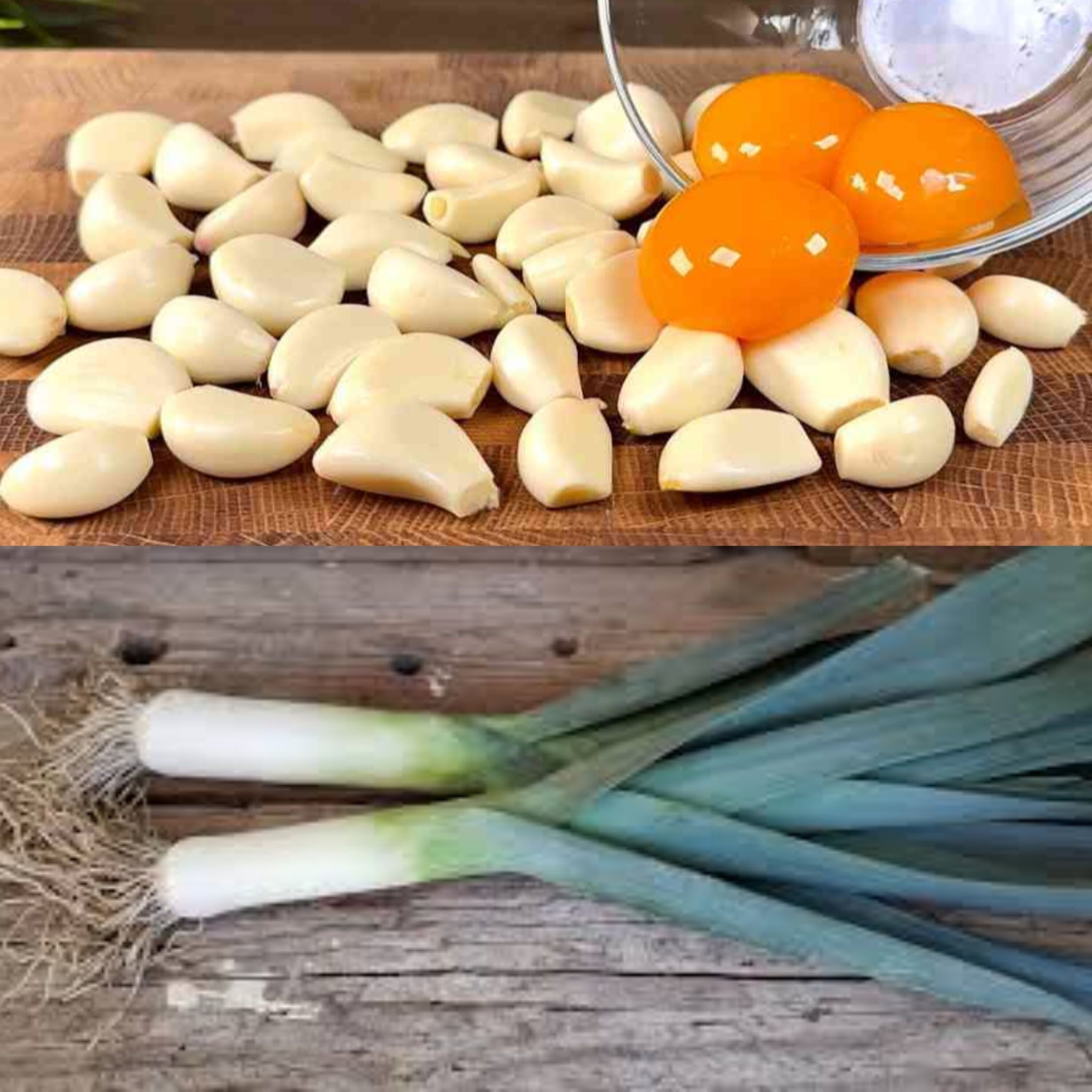Health And Natural Herbs
Fig Propagation: A Simple Guide to Growing Your Own Fig Tree from Cuttings

Figs are delicious fruits that can be grown at home with a bit of patience and care. One of the simplest ways to propagate figs is through cuttings. The phrase “Every branch gets roots” perfectly describes the process, as each cutting can develop into a new tree. Here’s a straightforward guide to propagating fig trees:
Materials Needed
- Fig branch cutting: Choose a healthy branch from a mature fig tree. The cutting should be about 6-8 inches long and have at least 3-5 nodes (where leaves grow).
- Sharp pruning shears: To make clean cuts.
- Rooting hormone (optional): To encourage root growth.
- Potting mix: A well-draining mix, ideally one that’s sterile and free of pests.
- Small pots or containers: For planting the cuttings.
- Plastic bag or dome: To create a humid environment.
- Watering can or spray bottle: For keeping the soil moist.
Steps
- Select and Prepare the Cutting
- Choose a healthy, disease-free branch from an existing fig tree. The cutting should be from the current or previous season’s growth.
- Use sharp pruning shears to cut the branch just below a node (where leaves or roots can grow).
- If desired, dip the cut end in rooting hormone to increase the chances of successful rooting.
- Prepare the Potting Mix
- Fill small pots or containers with a well-draining potting mix. You can use a mix of perlite, vermiculite, and peat moss, or any other sterile potting medium.
- Plant the Cutting
- Make a hole in the potting mix with your finger or a stick and gently insert the cutting, making sure at least one node is buried in the soil. Press the soil around the cutting to secure it in place.
- Create a Humid Environment
- Cover the pot with a plastic bag or a plastic dome to maintain humidity. Make sure the plastic doesn’t touch the cutting by using sticks or skewers to keep it elevated.
- Place the pot in a warm, bright location with indirect sunlight.
- Care and Maintenance
- Keep the soil consistently moist but not waterlogged. Mist the cutting and inside of the plastic bag occasionally to maintain humidity.
- Check for roots after about 4-6 weeks by gently tugging on the cutting. If you feel resistance, roots have formed.
- Transplanting
- Once the cutting has developed a good root system, it can be transplanted into a larger pot or directly into the ground if the weather is suitable.
- Gradually acclimate the young fig tree to outdoor conditions by exposing it to sunlight and outdoor temperatures for increasing periods.
Tips
- Fig cuttings root best in spring or early summer when the plant is actively growing.
- Avoid direct sunlight and extreme temperatures, as they can stress the cutting.
- Be patient, as fig cuttings may take a few months to establish strong roots.
By following these simple steps, you can successfully propagate fig trees and enjoy the fruits of your labor in the years to come. Remember, “every branch gets roots,” and with proper care, your new fig tree will thrive and produce delicious fruit.





